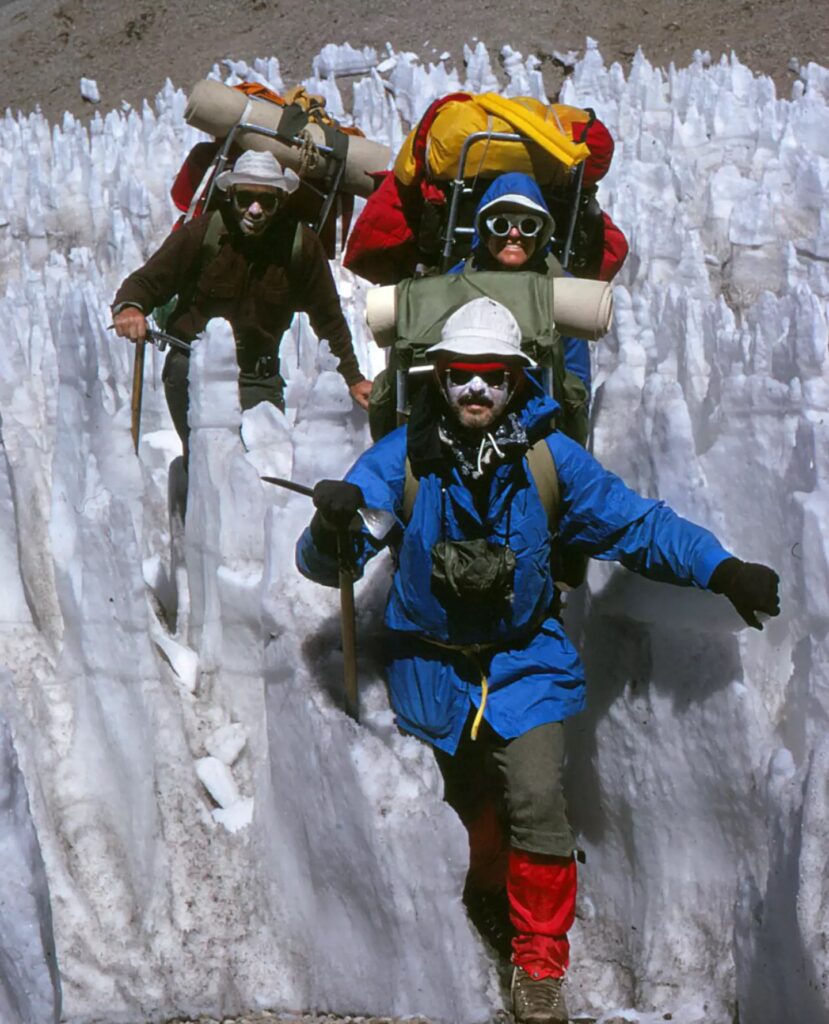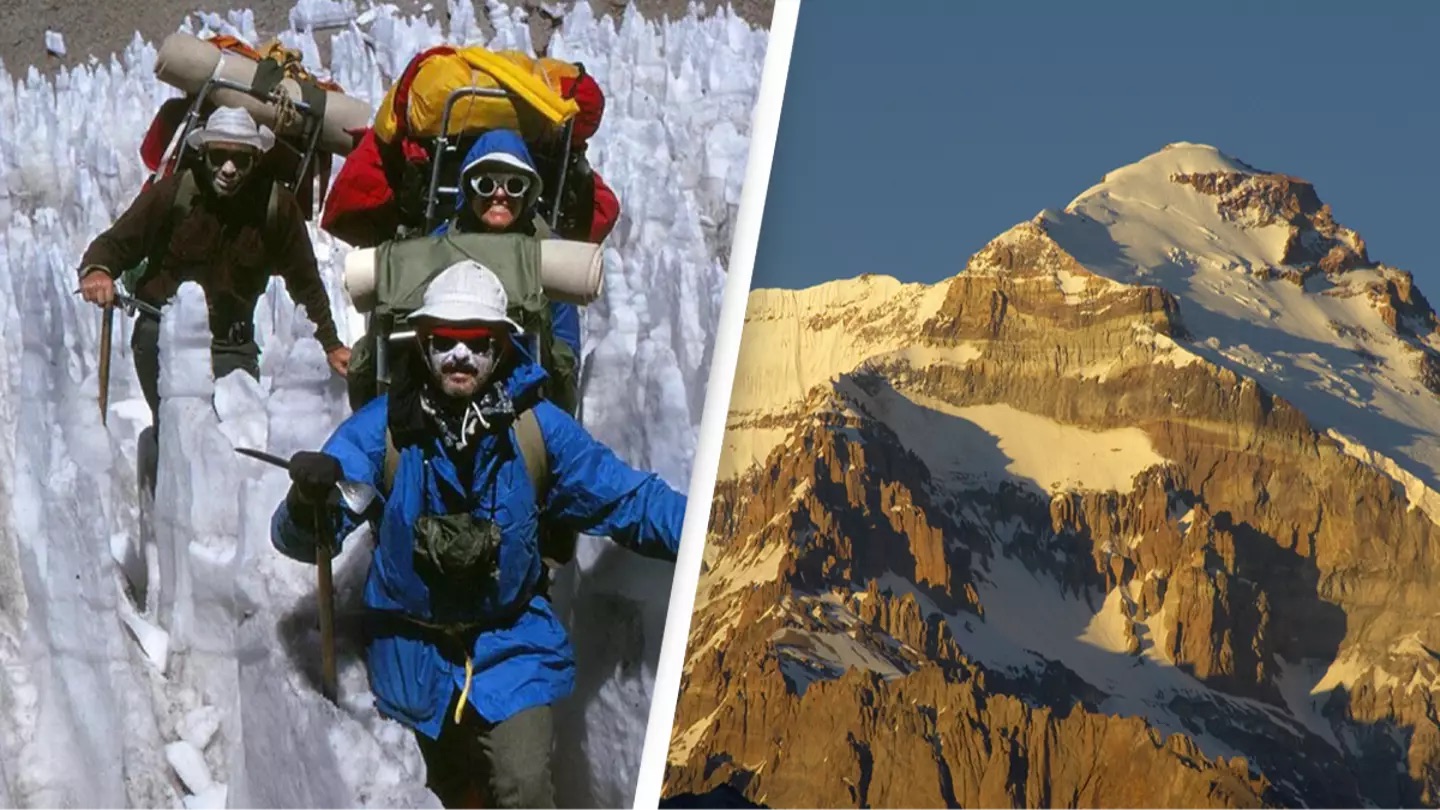In 1973, Janet Johnson, a schoolteacher, and John Cooper, a NASA engineer, embarked on an expedition to Mount Aconcagua in Argentina but never made it back home. They joined a team, including members of the Mazamas climbing club, and set off on January 19. The group successfully reached Camp 3, located over 19,000 feet above sea level.
The following day, as the team continued their ascent, one climber fell ill and returned to Camp 3 with another climber. Janet and John, along with the remaining members, pushed forward, ascending another 2,000 feet before setting up camp again.
John, unable to continue, decided to head back to Camp 3 but never made it, dying on the glacier. Janet also perished soon after. When the rest of the climbers reached the summit and returned, they realized Janet was missing. They found her just 100 feet from the trail, resisting help and expressing a desire to “lie and die.” One climber tethered himself to her to assist, but her hands had turned black and swollen, likely due to frostbite. The group made it back to Camp 3, but by the next morning, Janet had disappeared.
Though their deaths were officially ruled as accidental, caused by falls and exposure to the harsh elements, suspicions of foul play have persisted. In a 1976 article for the Miami Herald, William Montalbano mentioned the lingering mystery and unanswered questions surrounding their deaths, which fueled speculation.
In 2020, new evidence emerged when Janet’s camera was discovered, preserved in the snow due to global warming. Ulises Corvalan, part of the team that found the camera, uncovered 24 photos that helped reconstruct the events leading to her death. One of the photos captured Janet with John and another explorer, Arnold McMillen.

Corvalan, an experienced guide, reviewed Janet’s photographs and raised an important question: if Janet and John had fallen, why were their bodies largely intact? According to The New York Times, Corvalan noted that even short falls typically result in severe damage, including broken bones and torn clothing or equipment.
He found it puzzling that both Johnson and Cooper had only minor injuries, mainly to their faces. Corvalan told the publication that it seemed ‘improbable, maybe impossible’ that a long fall could have been fatal, given the shallow slopes and the unusually soft snow at the time. The mystery surrounding their deaths remains unresolved.
